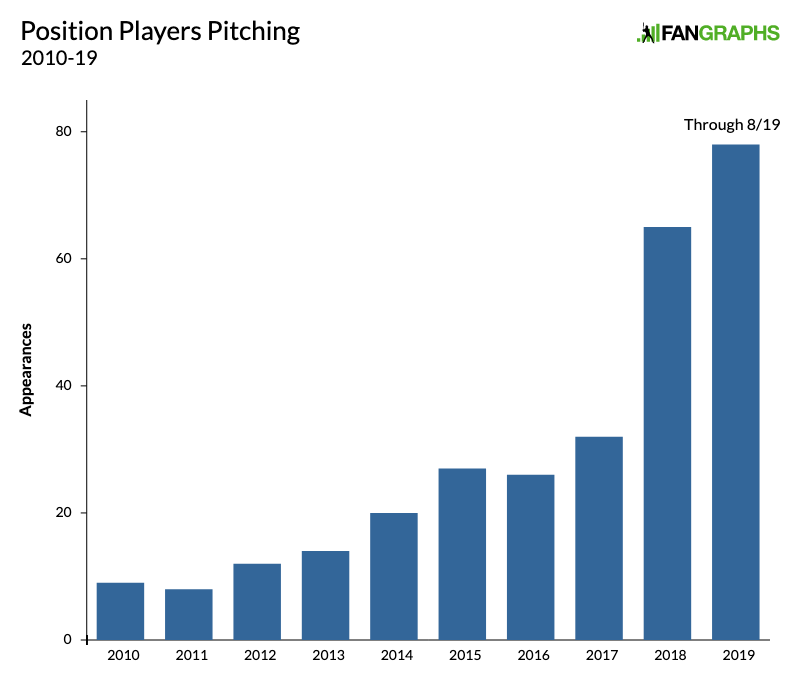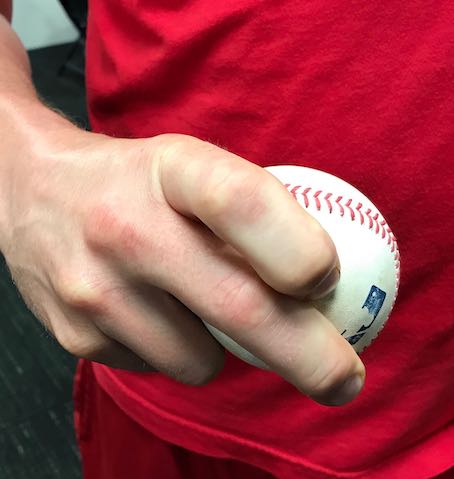We treat the statistics around torn UCL’s and Tommy John surgery with abstract sadness. It’s awful that so many elbows blow out, but for the most part, it’s just a number. Sure, when a star is injured, we notice — Jordan Hicks, say, or Shohei Ohtani. Those are marquee names, and the disappointment over not getting to see them pitch is merited. But that doesn’t mean that other players who need surgery aren’t just as sad of a story.
Consider Dinelson Lamet. When he made it to the majors in 2017, he was a rare bright spot for the Padres. Three years after signing with them as an international free agent, he’d torn through the minors, striking out 27% of the batters he faced at a mix of levels he was too old (rookie ball at 22) and too young (Triple-A at 24) for. Without much reason to keep him in the minors, the Padres called him up.
Lamet wasn’t a star. He didn’t feature on Twitter highlights, wasn’t gunning for any records. His wasn’t a story to set the major leagues ablaze, the heralded Padre savior arriving to lead the team to the playoffs. That doesn’t mean he wasn’t effective, though; it doesn’t mean that he wasn’t a great story.
Even as he tore through the minors, Lamet looked like a reliever before he got to the majors, with only two pitches he had confidence in. After throwing just two starts in Triple-A before 2017, he was an average pitcher over 114 innings with the big league club. The two-pitch arsenal played — his slider was good enough to offset the lack of a third pitch. A ZiPS darling from day one, he was living his major league fantasy — the Padres slotted him in as their number two starter for 2018.
And just like that, he was gone. He felt pain in his elbow while making his final start of the spring, and a few MRIs later, he went under the knife. If you weren’t a Padres fan or a fantasy baseball owner, though, you might never have known. Lamet was a long shot to make it from the start, and even though he’d defied the odds for a season, the abyss is never far away for a major league pitcher.
Lamet has always lived on the margins as a starter. Two-pitch pitchers have a tough time starting, and Lamet was no exception in his 2017 debut. The problem is two-fold — opposite-handed batters are tough to beat without a pitch that breaks away from them, and facing the same batter multiple times without a new look to show is dangerous. Lamet had particular trouble the third time through the order, but he suffered nearly as much against lefties:
Lamet’s Splits, 2017
| Split |
TBF |
K% |
BB% |
wOBA |
FIP |
xFIP |
| vs. L |
253 |
24.1% |
13.8% |
.364 |
5.23 |
5.04 |
| vs. R |
232 |
33.6% |
8.2% |
.239 |
3.50 |
3.39 |
| 1st Time Thru |
189 |
34.9% |
10.1% |
.261 |
3.68 |
3.64 |
| 2nd Time Thru |
189 |
28.0% |
12.2% |
.287 |
3.92 |
4.02 |
| 3rd Time Thru |
105 |
19.1% |
11.4% |
.410 |
6.77 |
5.78 |
Read the rest of this entry »



